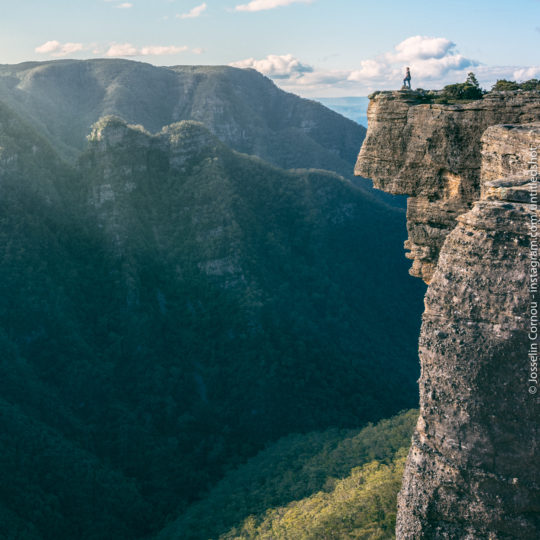The Fujifilm GFX 50s High ISO is So Good that it’s Not Funny
GUEST POST FEATURE
Write Your Articles Directly On FujiRumors!
guest post by Josselin C. // instagram: untitledshot
(Note : not sponsored by Fuji, just an honest opinion. I am coming from the Sony world, and still own a A7r2)
I took this 80MP composition last friday with the Fujifilm GFX 50s:

I am so impressed by the low light capabilities of this camera that I even did an how-to video explaining how this photograph was created :
Photographers that ever tried to catch the milky way in a middle of a city would know the challenges of capturing it in environment with high light pollution. It is one of those impossible shots that need really specific conditions to be obtainable. Lookup for “milky way Sydney” on Google and mostly all shots you will see are composite (e.g. milky way shot in one location added in Sydney) – well not in this case here.
I recently setup – after discussing with @apoapsisphotography and @clement_breuille – a challenge to get the milky way in the middle of an highly populated city – during a light festival. Turns out, this place had to be Vivid Sydney (if you are in Sydney, go pay a visit, this is awesome).
When I acquired this camera, I didn’t know what to expect, or even, if I would keep it. I already own a marvel of engineering: the Sony A7r2. This camera never failed to deliver, even in some of the harshest and remotest places of this world. It also helped me win the french national awards of the Sony World Photo Organization and to be nominated Top 5 Travel Photographer by Australian Photography. I couldn’t be happier.
At first thought – using it in daylight, the GFX was – IQ-wise – an incremental step-up from the marvelous Sony A7r2. The sharpness is impressive – but not quite on a level of a Phase One IQ3 100mp. Time would tell, but those Fuji lenses definitely outreach the sensor, which is a really good news.
I started to be seduced when I discovered the ability to do long exposure natively – up to 60minutes! Such a simple but powerful feature – thank you Fujifilm!

Then I discovered its high ISO performances:

Single shot taken at ISO6400.
This cave (Jenolan Caves) was lit up with strong LED lights, it was literally impossible to notice the milky way (Photopills helped here :))
After ISO 800, the camera entered a different league than what I was expecting – somewhat coming close to the Phase One IQ3 100mp. An impressive amount of highlights was recoverable, with rich tones – more than what I would gather on a Sony A7r2. And even more impressive: the dynamic range remained constant between ISO1600-6400 (Photontophotos seems to agree with me on that one). In terms of Chroma noise in the shadow, it wouldn’t quite beat the A7R2 BSI technology (general noise level being pretty close). But still, the highlight recoverability gave me at least a stop advantage over Full frame sensors. It is entirely possible that Fuji is overexposing his shot via RAW tags and tweaking internal settings in order to bring more dynamic range out of the sensor, for a specific ISO. That – added with potentially low additional amplification and additional color tones – and you have what I would call a camera tailor made for astro. If you watch the video, you will notice how easy it was to edit the milky way, even after clipping out the light pollution. A real pleasure, especially when you consider the difficulty processing night photos.
Thank you Fuji. In some way – those technological advancements are really refreshing, and led photographers to try and compose new shots. Would that be enough to cause a break up with my Sony A7r2? Not yet – as I love its portability (and 4k!). But I will definitely keep the GFX, and I surely know which camera to take out on any astrophotography date ;).
Rant time: One last thing I wanted to add – as a Sony user for more than 4 years – trying this Fujifilm camera is really changing my perspective on photography – on one really specific aspect : the community! Fujifilm Australia is really pushing its community by organizing events/meetups, etc. While Sony Australia does not seem to care at all about that (trust me, I contacted them, and nada, niet – Sony rep. told me that they were not interested in building a community. They would rather spend their budget building up training sessions for Camera stores staff). Growing as a photographer in the social media world, community is an important vector. In my own opinion, this would – potentially – be a pivoting point in fully switching to Fujifilm. I am still deciding.
You guys have a great community!
Josselin C. // instagram: untitledshot
As usual, few other shots taken with this camera :







